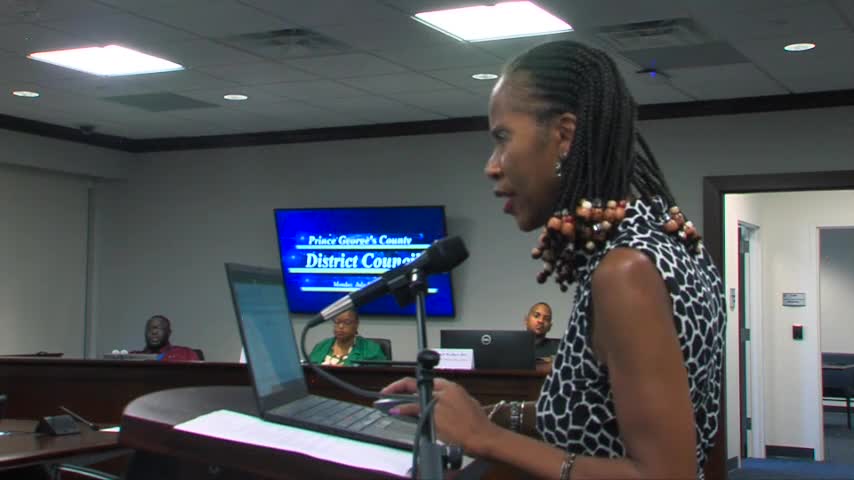Budget Talks Reveal $100 Million Increase for Schools
July 15, 2024 | Prince George's County, Maryland

This article was created by AI summarizing key points discussed. AI makes mistakes, so for full details and context, please refer to the video of the full meeting. Please report any errors so we can fix them. Report an error »

During a recent government meeting, significant discussions centered around the budget for the upcoming fiscal year, particularly regarding instructional salaries and funding for educational materials.
Concerns were raised about a reported decrease of nearly $23 million in instructional salaries. However, officials clarified that this figure does not represent an actual budget cut. Instead, it reflects the conclusion of various grant funding sources. Despite this, the overall number of school-based positions is set to increase by approximately 400, with a specific addition of 276.5 positions in the budget. Officials emphasized that instructional positions will not see a reduction in salaries, as all unions, including teachers, will receive cost-of-living adjustments and staff increases for fiscal year 2025.
The conversation also highlighted rising costs associated with instructional materials, particularly the shift from traditional textbooks to digital formats. This transition has led to increased expenses, which are being felt across all local education agencies. Officials noted that the costs of digital textbooks have escalated, complicating budget management.
Another key point of discussion was the substantial $26.3 million increase—nearly 48%—in student personnel services. This increase is attributed to a rise in the number of student advocates hired by schools, reflecting a shift in budgeting practices where schools develop their budgets based on specific needs identified by principals.
The meeting also addressed the overall budget dynamics, with a reported $100 million increase in funding approved by the council. However, officials cautioned that while the budget appears to be increasing, it is essential to consider the context of carryover funds and the temporary nature of some funding sources.
In conclusion, the meeting underscored the complexities of educational funding, the impact of grant cycles, and the ongoing adjustments required to meet the needs of schools and students effectively.
Concerns were raised about a reported decrease of nearly $23 million in instructional salaries. However, officials clarified that this figure does not represent an actual budget cut. Instead, it reflects the conclusion of various grant funding sources. Despite this, the overall number of school-based positions is set to increase by approximately 400, with a specific addition of 276.5 positions in the budget. Officials emphasized that instructional positions will not see a reduction in salaries, as all unions, including teachers, will receive cost-of-living adjustments and staff increases for fiscal year 2025.
The conversation also highlighted rising costs associated with instructional materials, particularly the shift from traditional textbooks to digital formats. This transition has led to increased expenses, which are being felt across all local education agencies. Officials noted that the costs of digital textbooks have escalated, complicating budget management.
Another key point of discussion was the substantial $26.3 million increase—nearly 48%—in student personnel services. This increase is attributed to a rise in the number of student advocates hired by schools, reflecting a shift in budgeting practices where schools develop their budgets based on specific needs identified by principals.
The meeting also addressed the overall budget dynamics, with a reported $100 million increase in funding approved by the council. However, officials cautioned that while the budget appears to be increasing, it is essential to consider the context of carryover funds and the temporary nature of some funding sources.
In conclusion, the meeting underscored the complexities of educational funding, the impact of grant cycles, and the ongoing adjustments required to meet the needs of schools and students effectively.
View full meeting
This article is based on a recent meeting—watch the full video and explore the complete transcript for deeper insights into the discussion.
View full meeting
